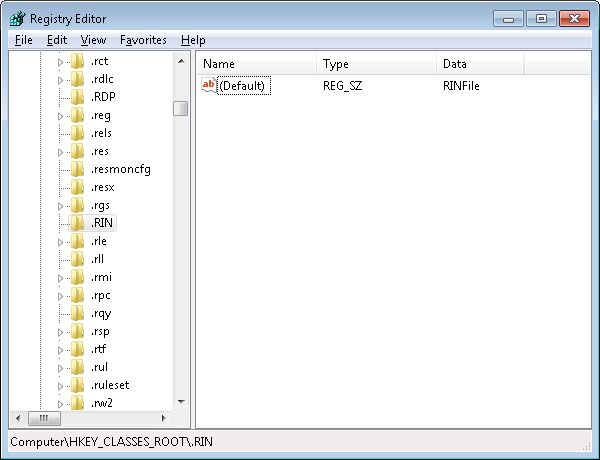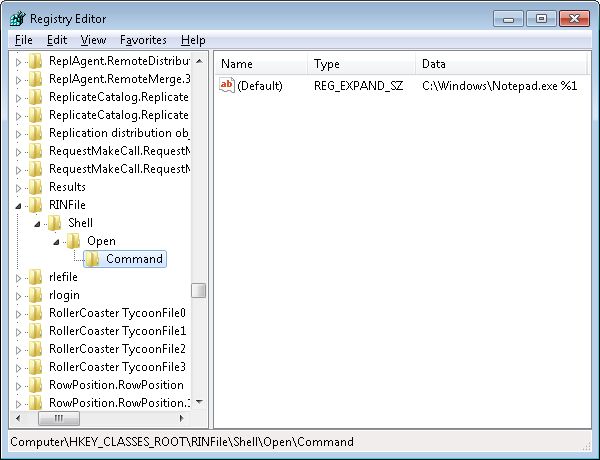For many people, this time of the year is extremely depressing. There are all sorts of acronyms associated with this time of the year, such as Seasonal Affective Disorder (SAD). I have no doubt that these disorders, diseases, and disabilities all exist and are quantifiable in some way. In fact, I imagine that there are tests to determine precisely which of them you have and to what extent you suffer from them. The bottom line is that the holidays are over, the weather is stormy, and the budget tight. Excitement is nowhere to be found-at least, not the sort of excitement that many people consider fun today.
It’s this time of year when Rebecca and I engage most strongly in crafting. Making things tends to take your mind off of all of the things that would make you SAD. For example, this is the time of year that I make knitted items most. A craft need not be expensive or require skills that most people lack. I’ve known more than a few families who have gathered pine cones in the fall, drizzled a bit of glue on them, dipped them in glitter, and added a bit of yarn to string the pine cones up. Not only do them make attractive Christmas ornaments, you can hang them up in a room as decoration. The cheerful colors and the occasional glint of the sun dancing off the glitter can dispel the gloom in any room. Stenciling and other forms of decorative art are helpful this time of the year as well. I got the idea for bright colors in a room from some of the displays in European Village at the Milwaukee Public Museum. Old world houses weren’t drab–they were colorful to keep things cheery during the winter months. This form of decoration improves your ability to withstand the drab winter months and could very well help keep SAD at bay. The best part of all is that you can get the supplies for any of the crafts I’ve mentioned for less than $20.00 and some, like stenciling, can consume an inordinate amount of time that you’d otherwise spend feeling bad.
Of course, not everyone likes crafts and I wouldn’t want you to saddle yourself with something that you won’t ever enjoy (no matter how hard you try). This is also a good time of the year to take a winter walk. Wait for a nice day and go into the woods. The woods are amazing this time of the year and if you’re careful, you’ll see some interesting animals, such as a fox or weasel. You have to look extra hard in some cases. Some animals change color in the winter to better blend in with their environment. A white rabbit on white snow is incredibly hard to see.
So, you’re not into the outdoors and crafts have no interest. There are still things you can do to make this time of the year better. Some people live for sports. Gambling and betting on games is a lot of peoples hobby and their favourite part of sports. By choosing one of the many betting formats, such as by clicking here, you can bet online and enjoy the game even more. The Superbowl takes place in two weeks. Personally, I’m not much of a sports fan. In fact, I just barely know the names of our teams here in Wisconsin (much less the rest of the country). But if you asked my friends, they could practically tell you every player for every team. They are huge sports fans, and they especially love the Superbowl. It’s what they wait all year for. So, I wouldn’t be surprised if they decided to have a look at these Sportsbook Promo offers to make a bet. If I had as much knowledge as them, I’d definitely decide to look at gambling because I wouldn’t be surprised if they manage to win a decent amount of money from it. I hope they don’t ask me for my advice because I wouldn’t have a clue. Even though I’m not much of a Superbowl fan, I do like action movies, so we have a Super Action Hero Bowl on Superbowl Sunday. Here are the steps for creating your own Super Action Hero Bowl:
- Create a list of the action heroes that appear in your movie collection (or that you know you can borrow free from somewhere like the library).
- Place the names in a hat and have someone draw four or five names.
- Create lists of the movies that you own for each action hero.
- Place the movies for a specific hero in the hat and draw out the name of a movie for that hero.
- Create movie lists and draw a movie name for each of the remaining heroes.
- Now that you have a list of names and movies, create a scorecard. It doesn’t have to be anything fancy, but each member of the family who participates in Super Action Hero Bowl should have a separate scorecard.
- Watch the first movie on the scorecard and mark that movie’s rank. Each movie should be ranked from 1 to 4 (or 5, depending on how many movies you choose). No two movies should receive the same score. (No peaking at your neighbor’s scorecard please!)
- Continue watching movies until you have completed them all.
- Tally the scores from each of the scorecards for each movie. The movie with the lowest score (the highest rank) wins.
It’s a good way to spend a day in family fun. It’s inexpensive and the competition adds a certain appeal to the event. Of course, just like the Superbowl, you can grab some special foods from your larder and serve them during the course of the day. If you don’t feel like you have a wide enough variety of superhero or action movies then it might be worthwhile looking at the likes of internet proxies that can allow you to visit the pirate bay online to find and download or stream a very large selection of movies, this will also help you keep it all as inexpensive as possible.
Just because the holidays are over, doesn’t mean you have to make things drab. Rebecca and i usually store some special goodies in the larder for this time of the year. When there is something to celebrate, we make an impromptu personal party using these items. We’ll play games, listen to special music, put puzzles together, or do other things to make the event special. Get a good report from the doctor? Why not have a party to celebrate it? It takes a little effort to avert the drudgery of this time of the year, but you can do it and it doesn’t have to cost a lot (or anything at all).
How do you avoid the January blues? Do you like crafts, a bit of nature, some mild competitive fun, or a bit of a party? Let me know at [email protected]. Make sure you also view the other Fun is Where You Find It posts for other ideas.


